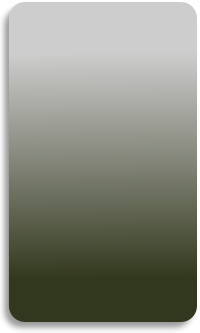


©2015 Deborah Richardson





Privacy Policy
Copyright




Farming at Turvey
Turvey is in a fairly rural part of North Bedfordshire. There are a number of farms in and around the village.
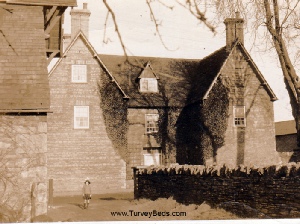
Turvey Abbey Estate Farms 1919
In 1919 the following farms belonged to the Turvey Abbey estate.
|
Farm |
Tenant |
Acerage |
Rental |
|
Priory Farm |
Mr GW Mardlin |
222 |
£175 |
|
Grindstone Hill Farm |
Mrs Davies |
167 |
£90 |
|
Mount Pleasant Farm |
Mr G Newman |
174 |
£120 |
|
Grove Farm & Baden Farm |
Mr C King |
403 |
£258 |
Grove Farm
Grove Farm was owned by John Higgins, and then his son Charles Longuet Higgins.
At the beginning of the 20th Century it was well known for its excellent corn.
Grove Farm in 1941
Great Oaks Farm, Turvey
In 1846 Great Oaks was leased by George Boulton.
Great Oaks Farm was owned by G. Francis Higgins until 1900.
It is currently (2015) owned by WG Payne & Son and is used for livestock farming.
Mount Pleasant Farm, Turvey
Mount Pleasant was owned by Charles Longuet Higgins and leased for ten years to John Whitworth in October 1849. The annual rent was £210.
The current house is stone and brick with tiles. It was built in 1911.
In 1919 the farm house contained the following:
Small hall
Dining room -
fitted with small combustion stove
Large kitchen with good range, tiled floor & cupboards
Scullery with tiled floor and sink
Dairy
Large Washhouse with fitted copper
Four Bedrooms
Box room
Grove Farm farmhouse is stone built and tiled.
In 1919 it had the following rooms:
Entrance hall -
Drawing room -
fitted with combustion stove & marble mantelpiece
Dining room -
with bay window & fitted tiled slow combustion stove
Kitchen -
with tiled floor and good range
Pantry with sink (hot & cold water) and dresser
Scullery and Dairy, Brewhouse and Coalhouse
Five bedrooms on the first floor, one bathroom
bedrooms all have fitted fireplaces
bathroom has fitted hot and cold supplies & WC
Three bedrooms on the top floor
The house had “Company Gas” and got its water from a well.
The garden featured lawns, flowers and yew hedges
The farm buildings included:
Four-
Loose box
Calf pen
Pig-
Brick and iron cow shed for eight
Calf pen and three-
Brick stabling for six
Corn barn, wood & coal store and five-
Grindstone Hill Farm
This was a dairy and stock farm, close to the railway.
In 1919 the farm house was described as “old fashioned stone and tiled”.
It contained:
Small hall with tiled floor
Sitting room with beamed ceiling and hob grate
Kitchen with range
Large scullery with sink, open fireplace and baking oven
Dairy with beamed ceiling
Cooling house
Five bedrooms
The farm buildings comprised of:
Nag stable for two (sic)
Hen cote
Three Cow sheds for six, five and nine
Loose box
Barn
Timber and tiled open shed
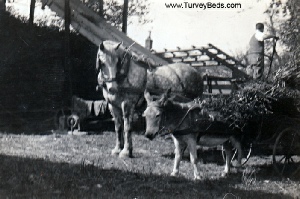
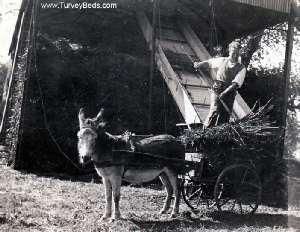
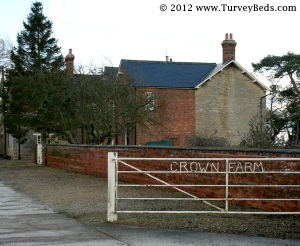
Crown Farm
Click the image to enlarge.
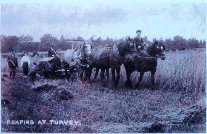
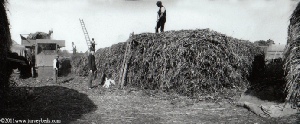
This picture is from 1906 and shows men threshing the wheat harvest. The machine on the left is a mechanical thresher.
Click the picture to enlarge.
Crown Farm was occupied by George and Maria Maycock and their 5 adult children in 1881.
Cecil Rouse was the farmer at Crown Farm in 1898.
This postcard shows the horse drawn reapers which would have been a regular sight each year. Right up until the middle of this century, the villagers would attend the harvest -
The Great Oaks farmhouse has been a grade II listed building since 27 August 1987.
Here is a link to the English Heritage details of the building in 1987.
